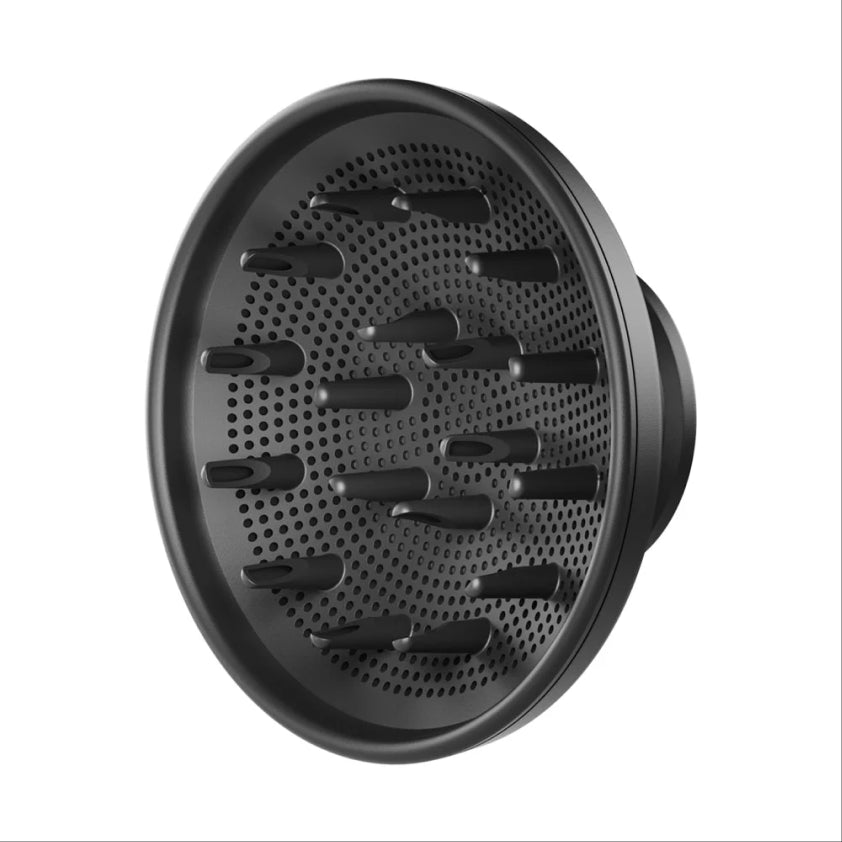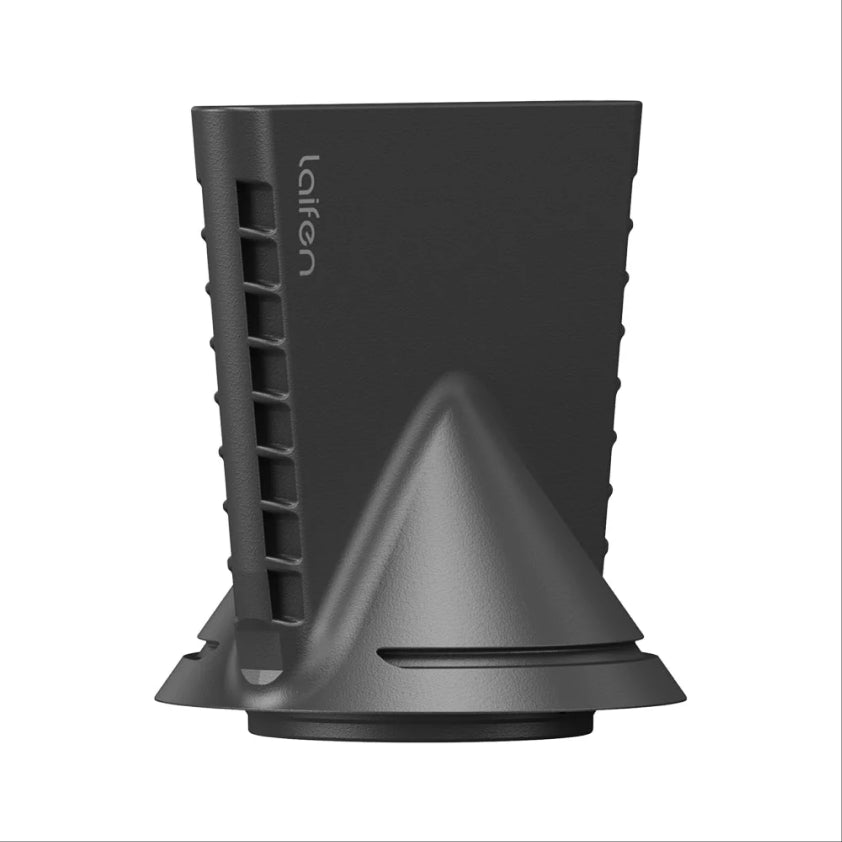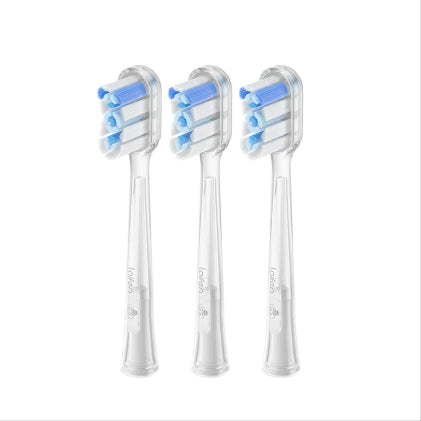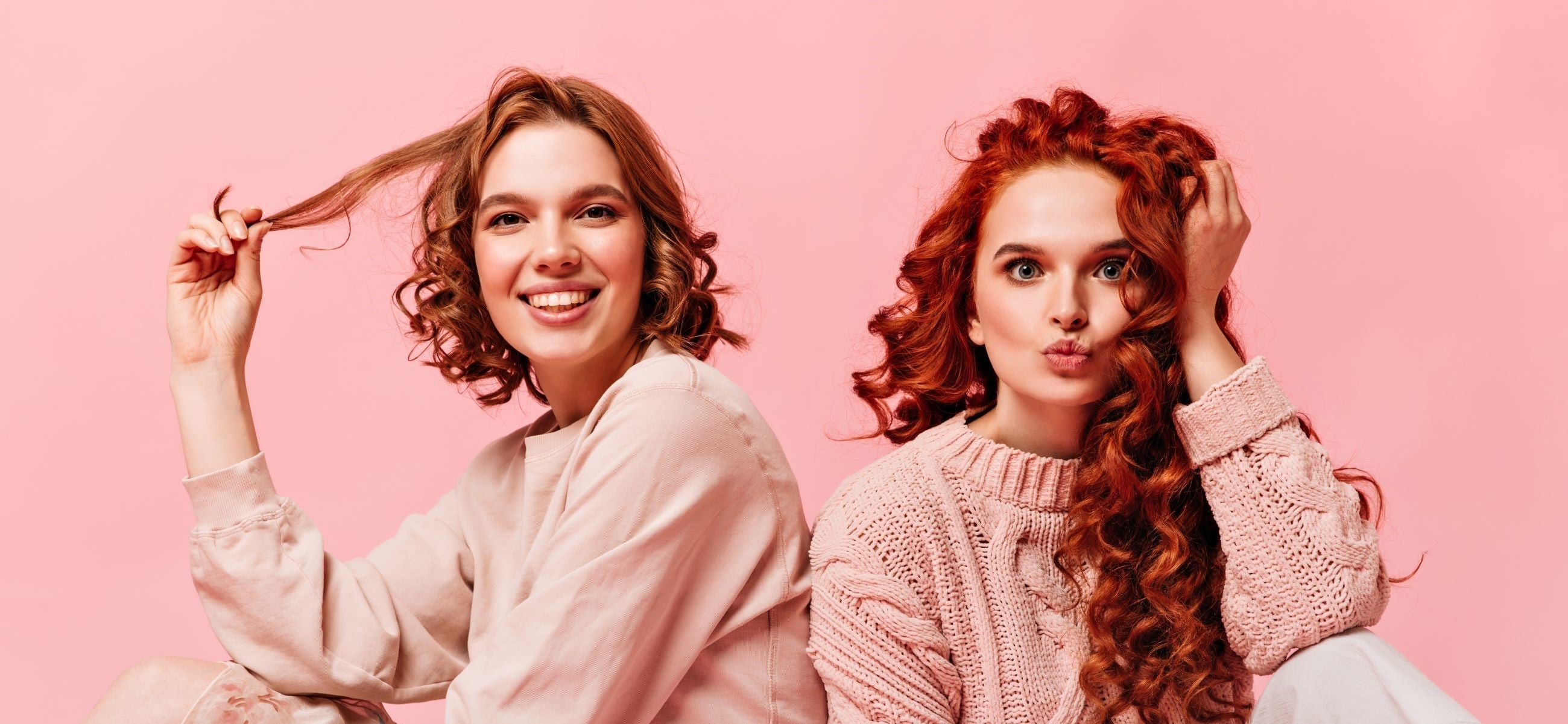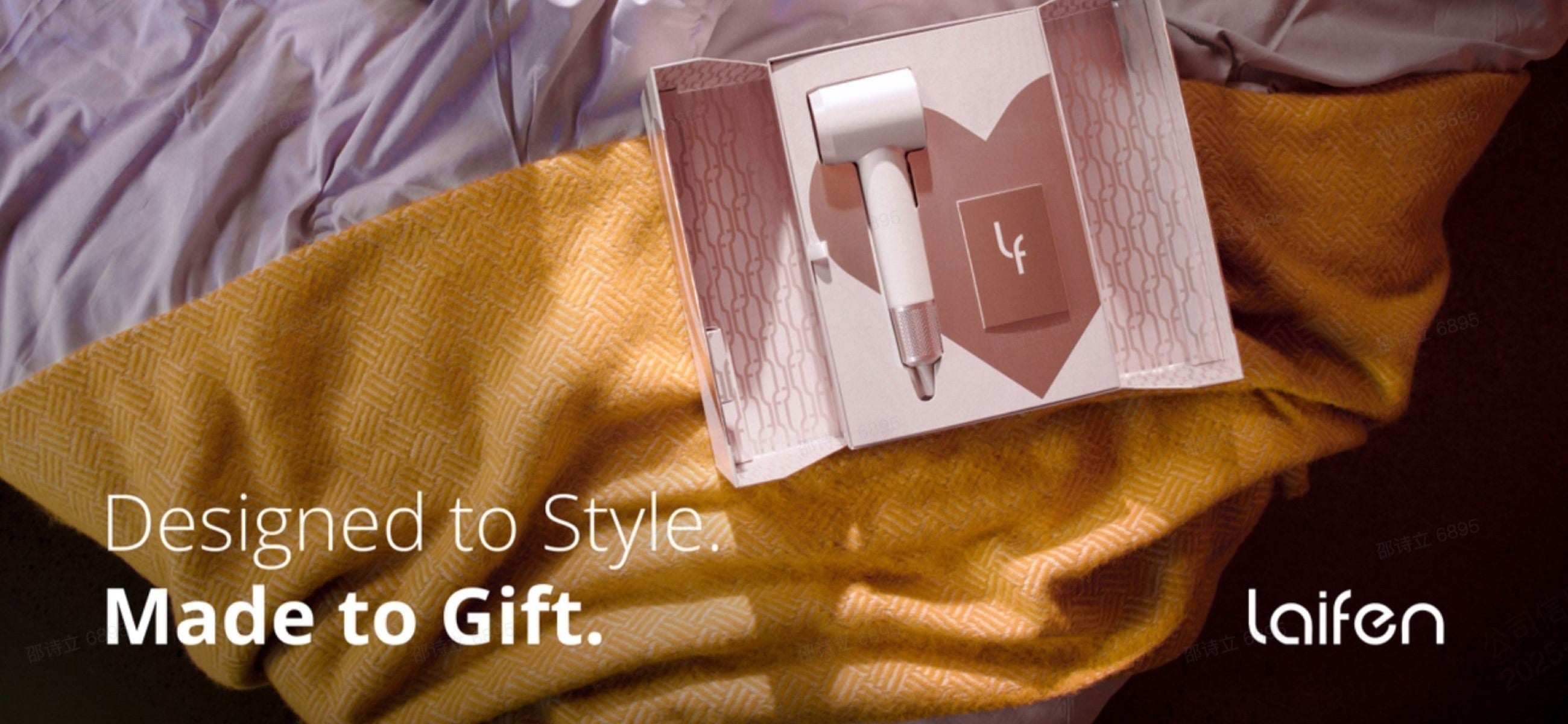
In this article
Whether it’s a hair wash day or a beach/pool day, damp hair is something we’re all familiar with. However, not all of us know how to work with it correctly. If you don’t know the difference between wet hair and damp hair and their significance, you could be causing your locks unnecessary stress and damage. On the other hand, if you understand how hair reacts to each stage of wetness, you’ll be able to truly master your hair care and styling routines. Read on to learn exactly what damp hair is and why it matters.
Damp Hair Meaning
What is damp hair, exactly?
It’s the stage your hair reaches when it’s not dripping wet, but still isn’t fully dry. If you’re a numbers and percentages person, damp hair is typically described as around 60% dry. Otherwise, think of it this way: you don’t have to worry about leaving water marks on clothing or other surfaces when your hair is damp, but it’s still in the drying process.
Damp Hair vs Wet Hair
What’s the difference between damp hair and wet hair, and why does it matter?
- Damp hair is an important stage when it comes to effective hair care and styling. It allows for better product absorption, easier detangling, and is helpful when it comes to achieving the desired outcome for certain hairstyles – particularly anything textured, like waves or braids.
- Wet hair, on the other hand, is more fragile and vulnerable. This is because when hair is wet, the keratin proteins that make up hair strands form weaker hydrogen bonds. From a non-scientific viewpoint, this means that hair becomes more prone to breakage and damage. Wet hair loses elasticity, so any stretching or pulling is capable of bending the hair cuticle (the protective outer layer of the hair strand) out of shape, leading to frizz, split ends, and general damage.
As a result, it’s better to wait until hair reaches the damp stage before you get serious about styling. You can do this by partially air drying or gently wrapping your dripping wet hair in a microfibre towel or an old t-shirt to remove excess moisture; the texture of jersey towels is rough on wet hair. Also, be sure to avoid aggressive brushing or pulling (this includes the use of hair ties) and heat tools so you’re treating your wet hair as gently as possible.
Sleeping With Damp Hair Risks
Can you sleep with damp or wet hair?
It’s best not to. Aside from leaving your hair in a more vulnerable, breakage-prone state for longer (we likely all know that wet hair doesn’t dry well when it’s pressed against a pillow all night), sleeping with wet or damp hair can cause fungal growth that leads to dandruff or dermatitis. Bacteria thrive in moist environments, and a damp scalp becomes exactly that.
There’s also the risk of hygral fatigue – a type of hair damage that occurs when excess moisture in hair strands causes the hair cuticle to swell and weaken. Hair affected by hygral fatigue becomes frizzy and dull while lacking volume. It’s especially a cause of concern for anyone with naturally wavy or curly hair.
Finally, products applied to wet or damp hair can seep into your pillow and onto your face, which may cause irritation or acne.
Try your best to avoid sleeping with wet or damp hair. This might mean you need to adjust your hair washing schedule, or try out drying methods that’ll get you faster results.
How To Dry Damp Hair Fast
Luckily, there’s an easy and effective way to quickly dry damp hair, even if you’re facing a serious time crunch. All you have to do is invest in a high speed hair dryer!
Laifen’s hair dryer range is filled with fantastic options that will get your hair from damp to dry in record time – equipped with rapid brushless motors, Laifen hair dryers are up to three times faster than conventional models.
However, if you want the job done as seamlessly as possible, we recommend the Laifen Mini. It’s small but mighty, featuring a 110,00 rpm brushless motor, comprehensive airflow optimizations, and a lightweight design that’s a breeze to maneuver. Plus, it’s powered with ionic technology to keep frizz at bay while leaving your hair silky smooth, as well as Smart Temperature Control to prevent any heat damage.
Even if you’re team evening showers, the Mini will ensure your hair is perfectly dry before bed.
Conclusion – Why Damp Hair Matters
Understanding the nuances between damp hair and wet hair makes a big difference in your hair care routine. Minimizing the time your hair is dripping wet, focusing on styling and product application during the damp stage, and finishing up only when your hair is fully dry are important keys to unlocking your healthiest, most beautiful hair!










